Accel 28 Click
R300.00 ex. VAT
Accel 28 Click is a compact add-on board that contains an acceleration sensor. This board features the LIS2HH12TR, an ultra-low-power high-performance three-axis accelerometer from STMicroelectronics. It allows selectable full-scale acceleration measurements in ranges of ±2g, ±4g, and ±8g in three axes with a configurable host interface that supports both SPI and I2C serial communication. It has an integrated FIFO buffer that allows users to store data to limit the intervention by the host microcontroller. This Click board™ makes the perfect solution for various applications such as motion-activated functions and user interfaces, tap-double-tap recognition, free-fall detection, tracking, and many more.
Accel 28 Click is fully compatible with the mikroBUS™ socket and can be used on any host system supporting the mikroBUS™ standard. It comes with the mikroSDK open-source libraries, offering unparalleled flexibility for evaluation and customization. What sets this Click board™ apart is the groundbreaking ClickID feature, enabling your host system to seamlessly and automatically detect and identify this add-on board.
Stock: Lead-time applicable.
| 5+ | R285.00 |
| 10+ | R270.00 |
| 15+ | R255.00 |
| 20+ | R245.40 |

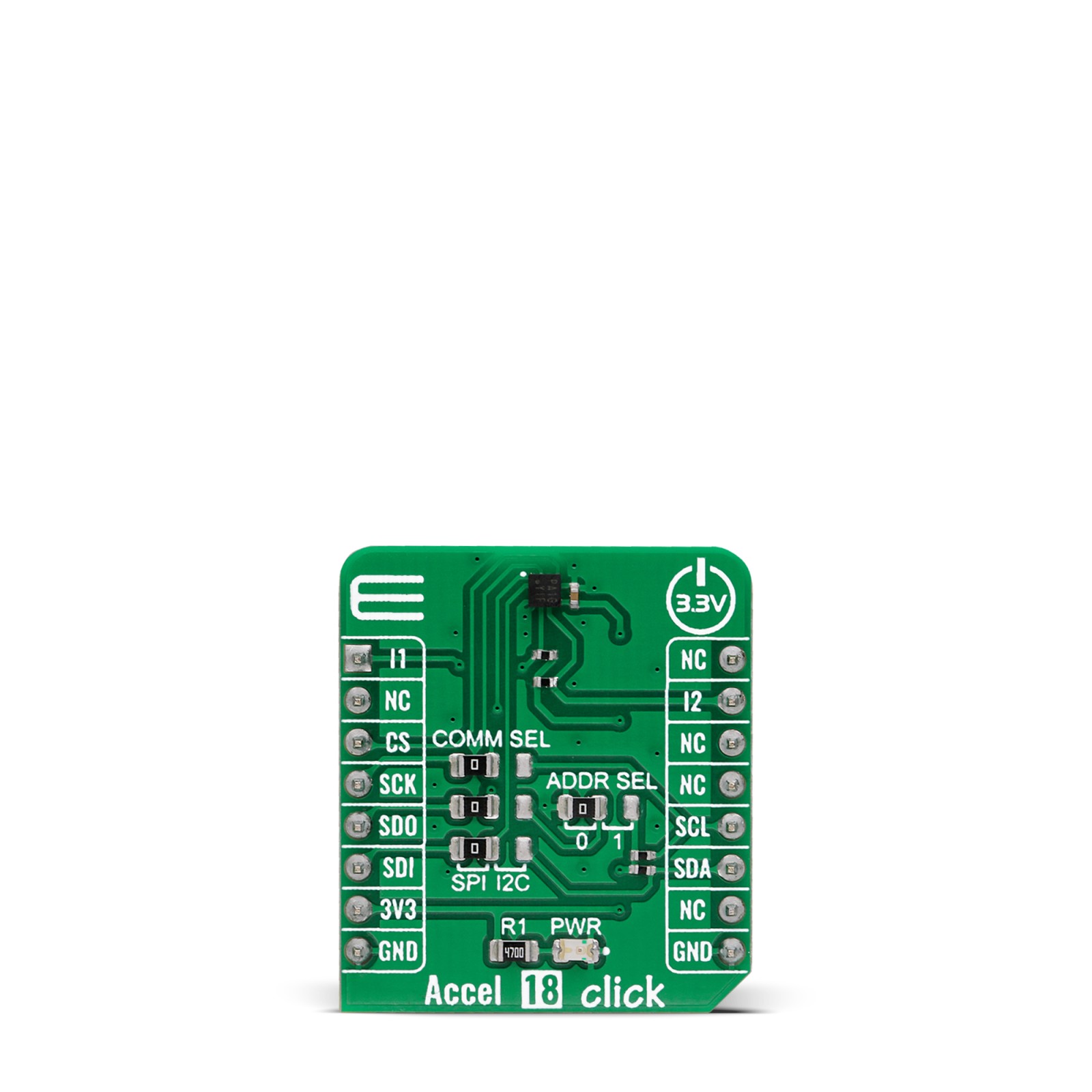
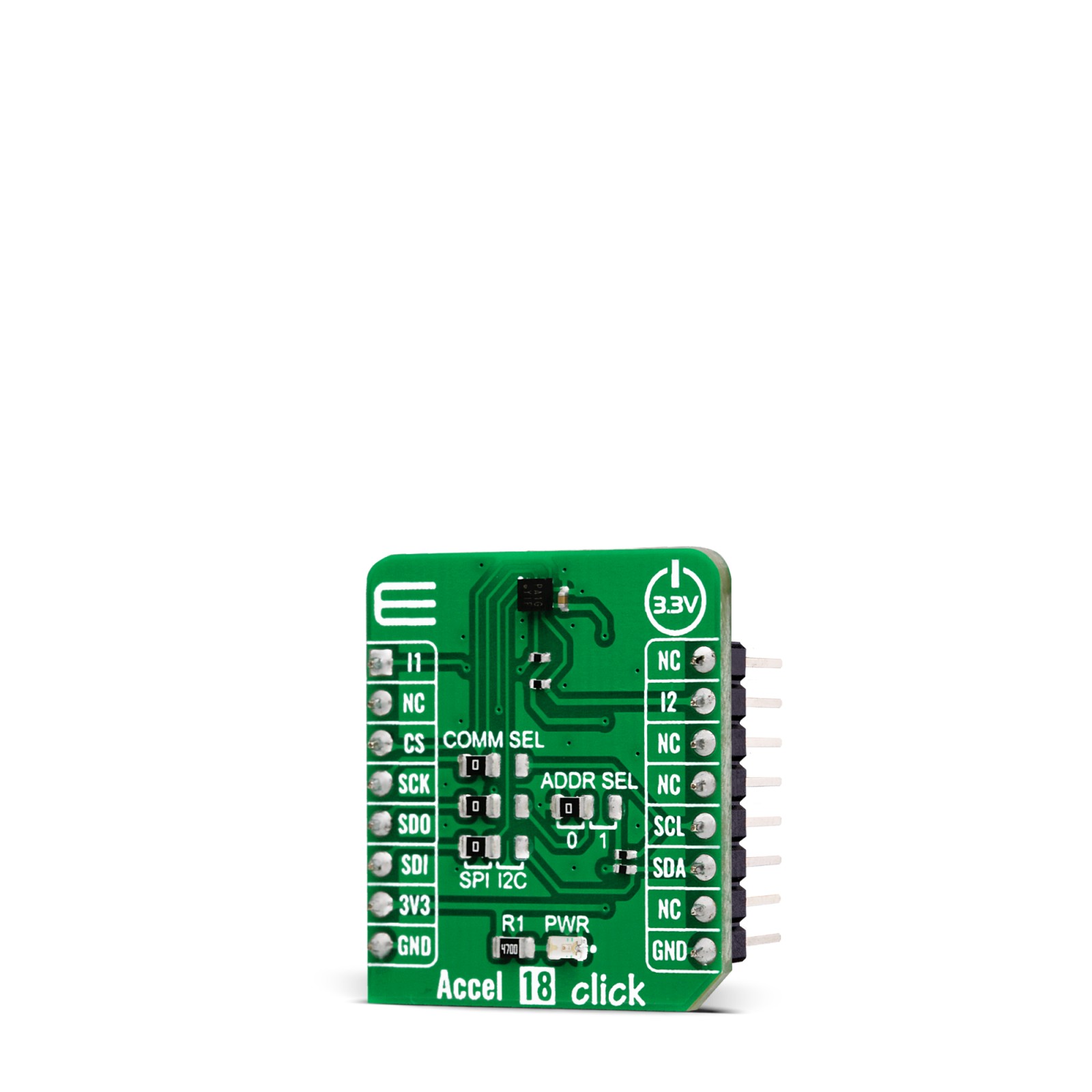
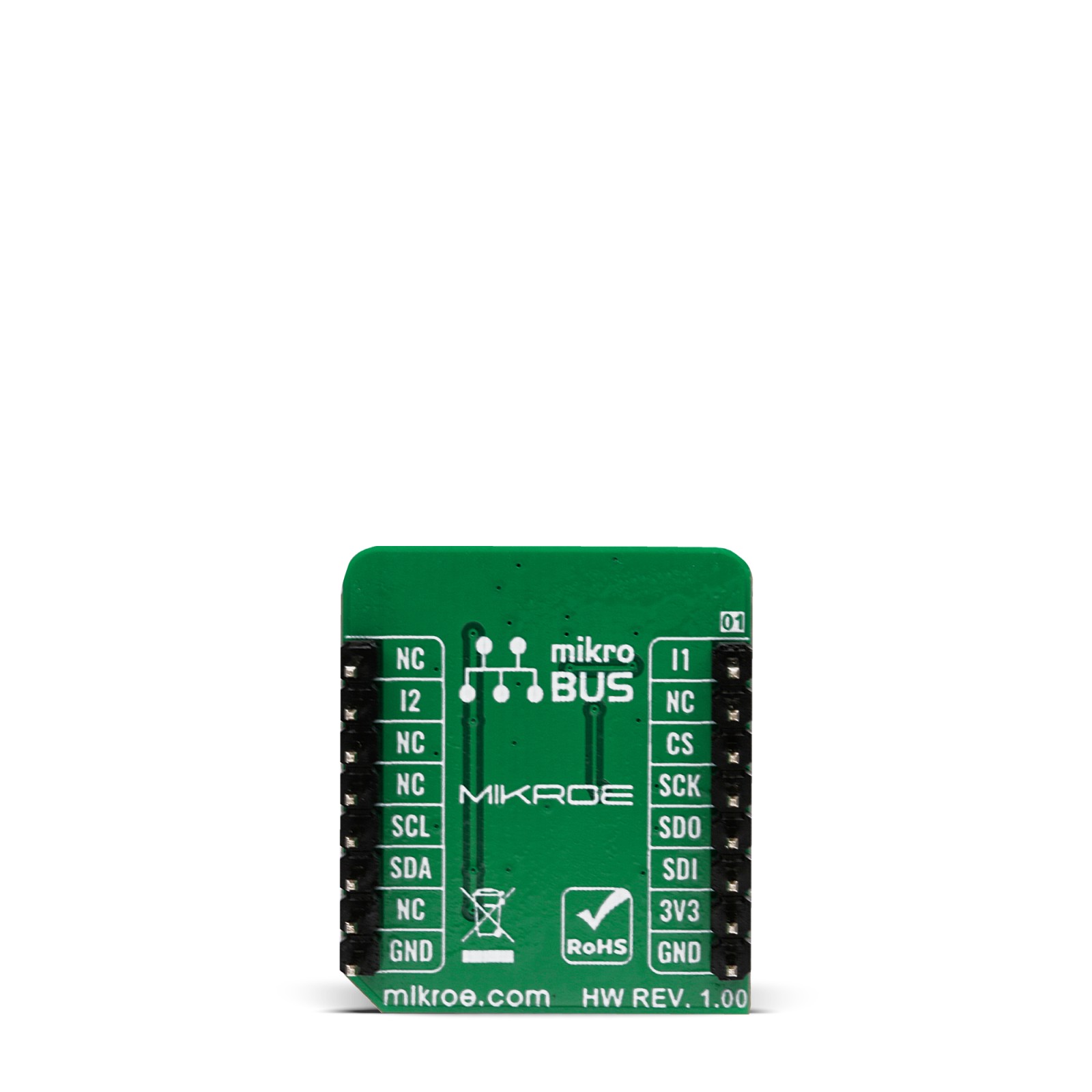
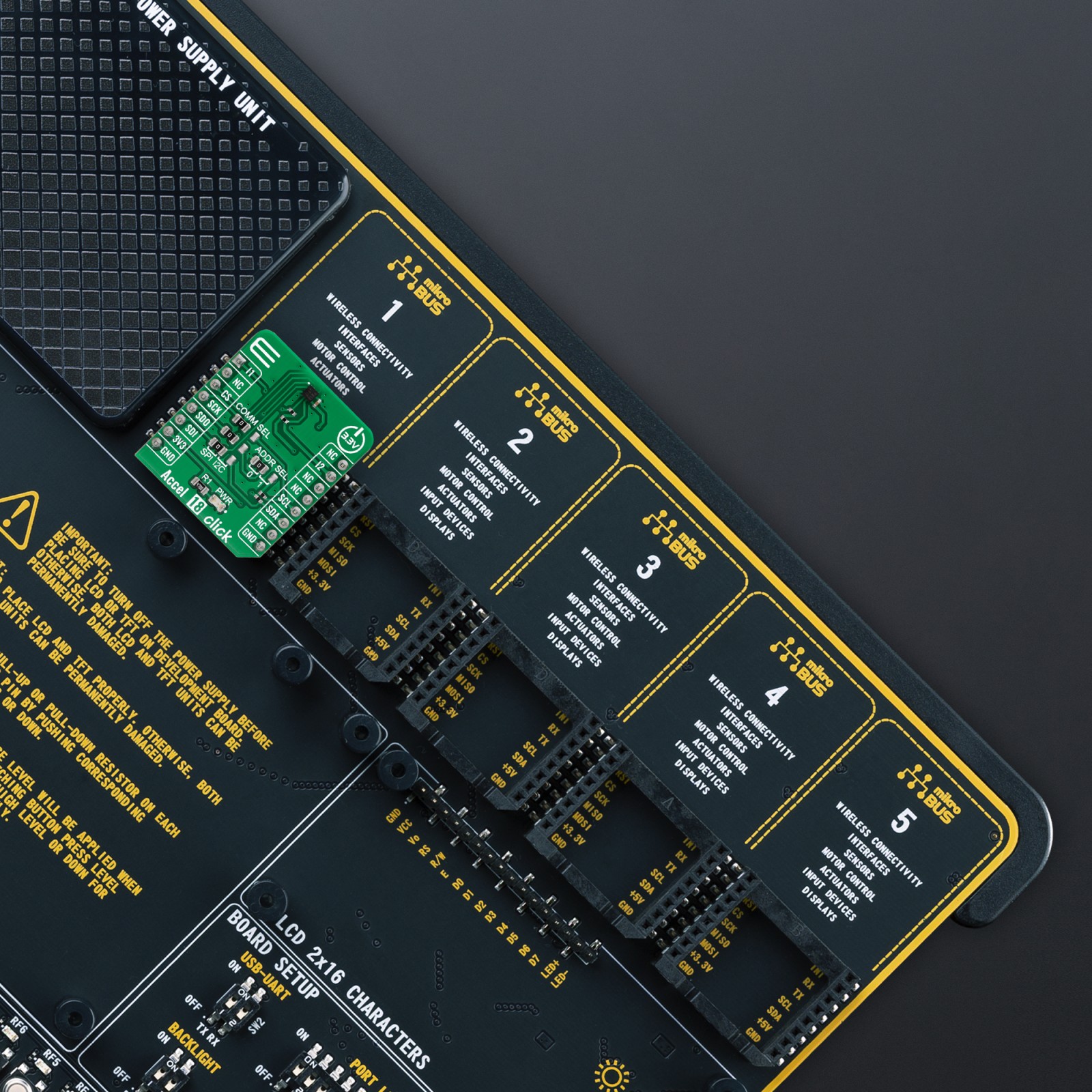
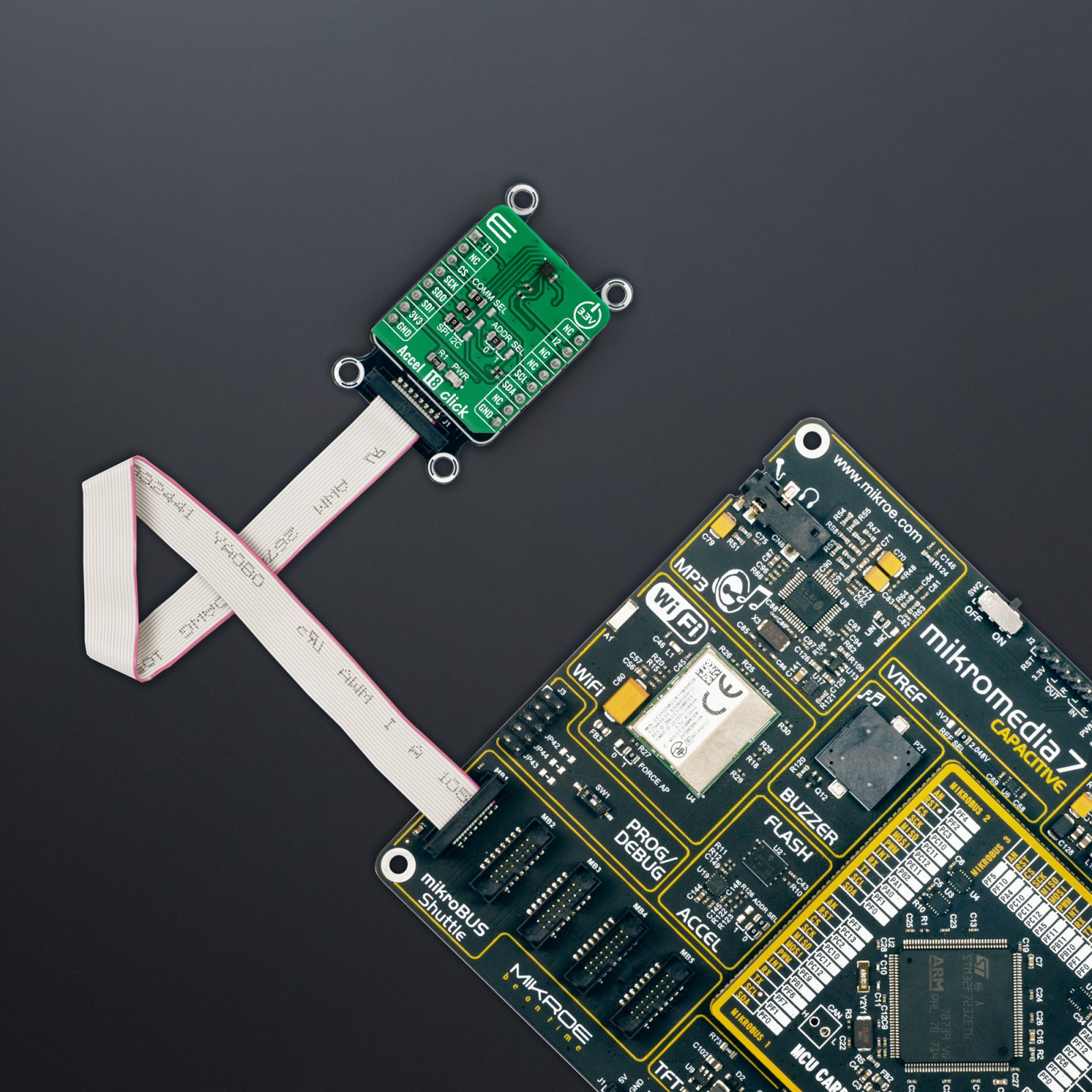
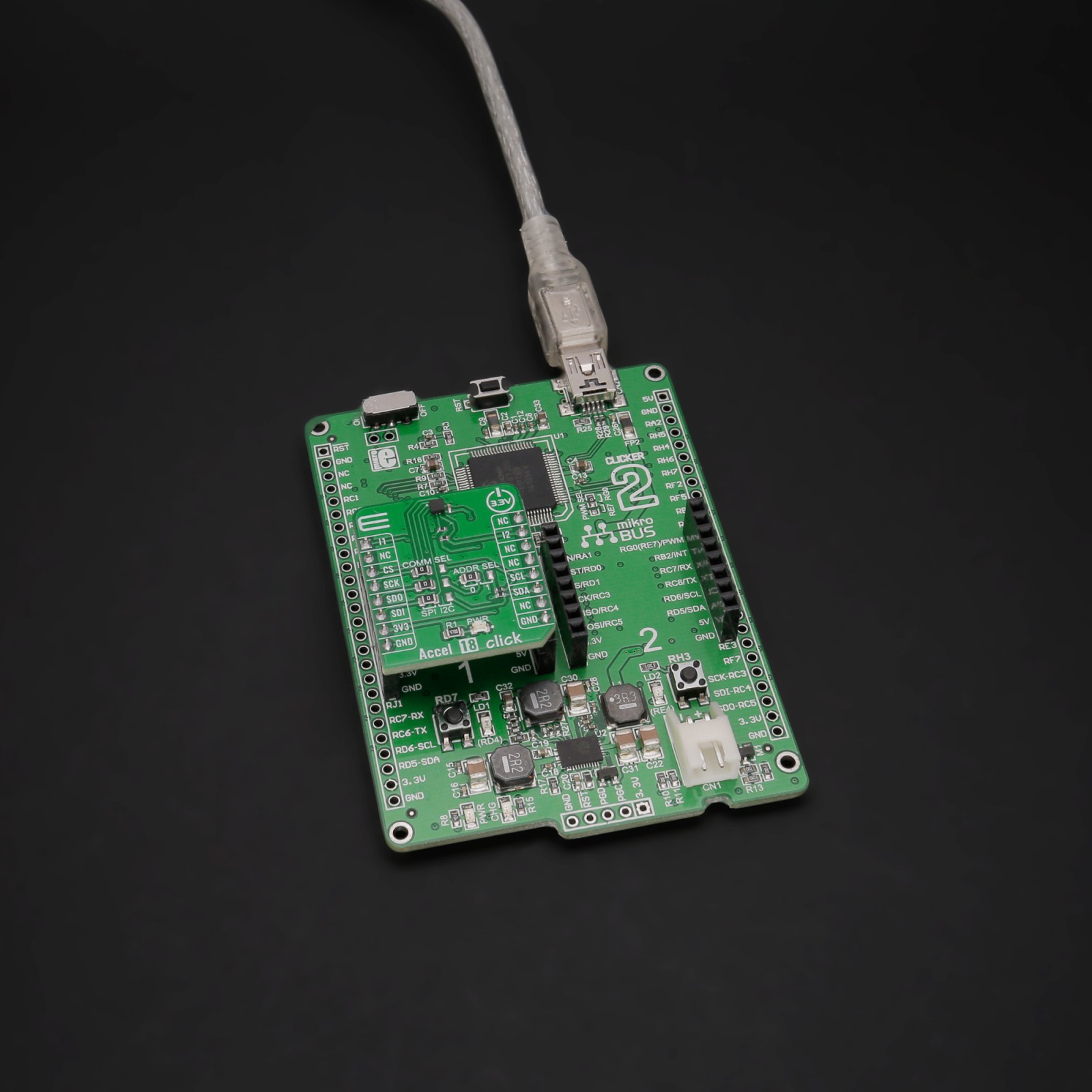
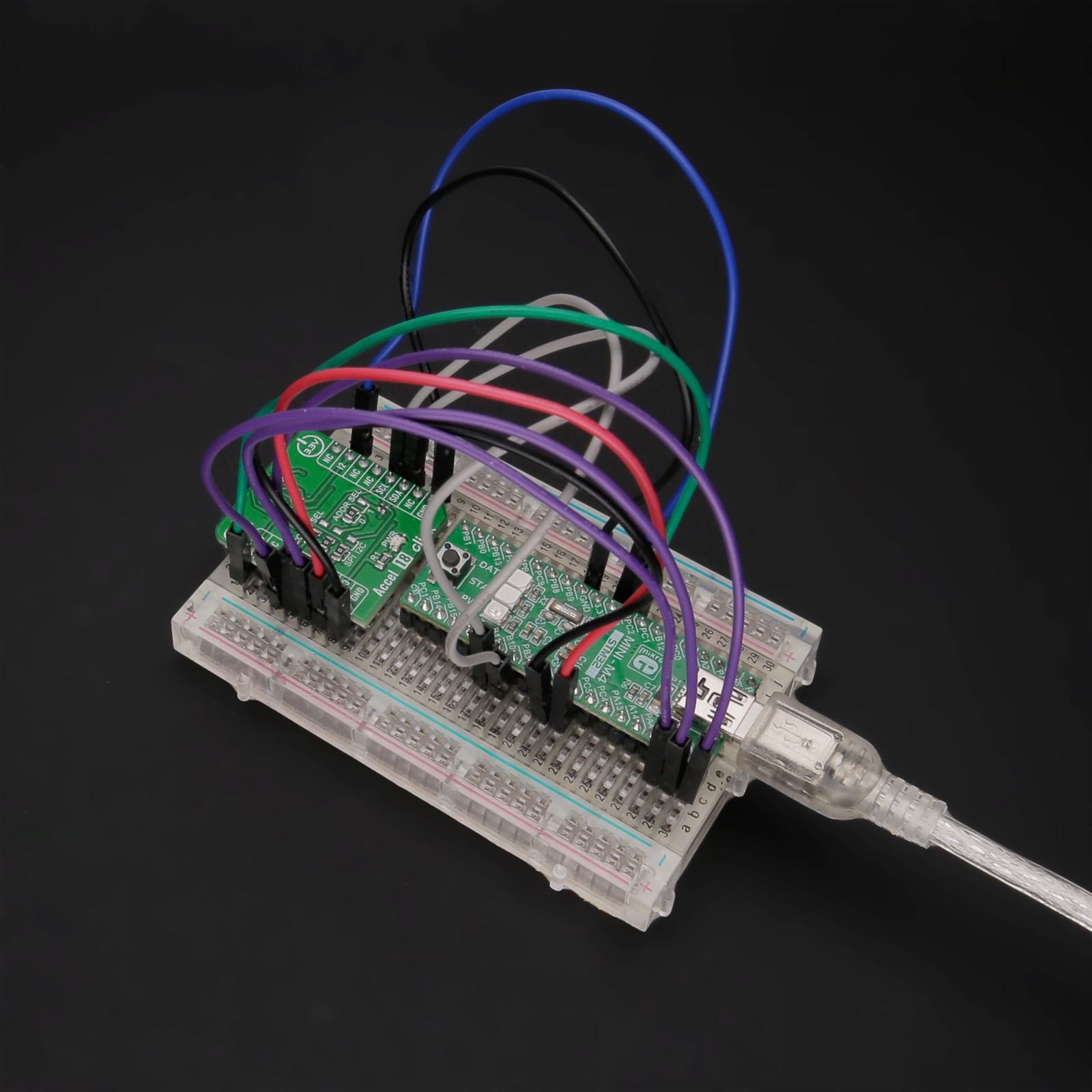
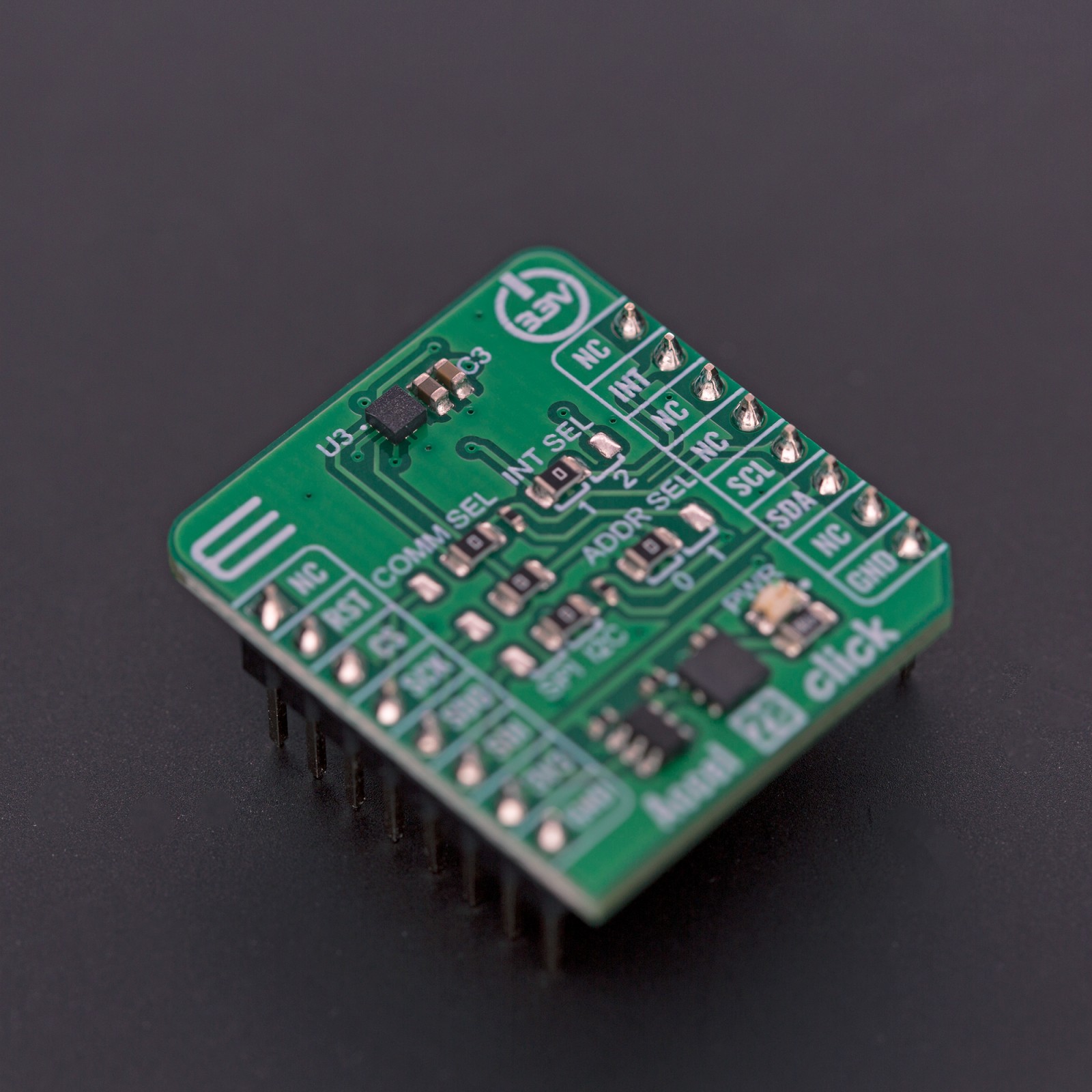
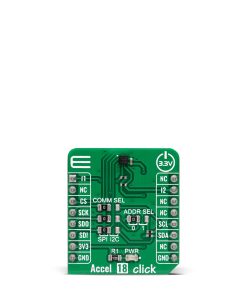
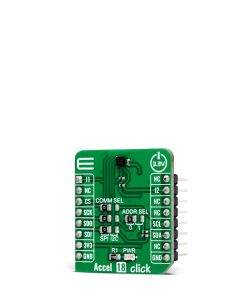
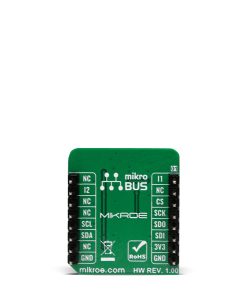
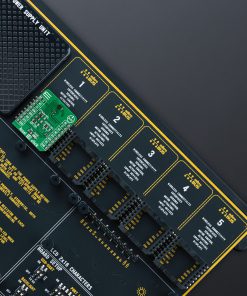
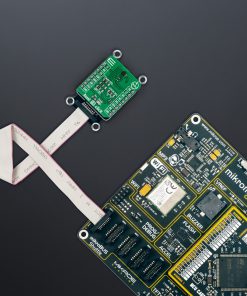

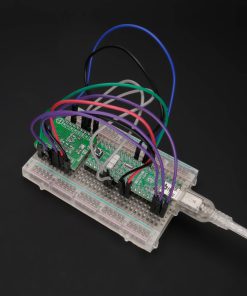
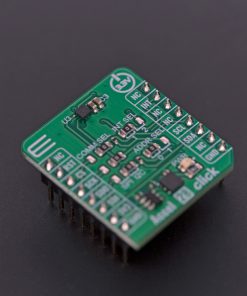
.jpg)








